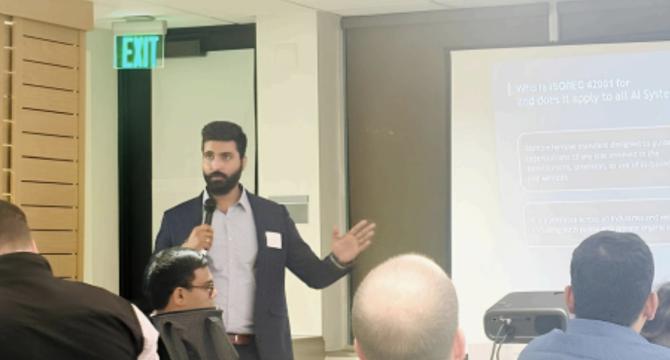TechBullion
1M
239

Image Credit: TechBullion
Cybersecurity Leadership with Nishant Sonkar: Insights on Safeguarding the Digital Frontier
- Nishant Sonkar, a cybersecurity trailblazer and seasoned compliance professional at Cisco, highlights sophisticated ransomware attacks as one of today’s top threats. Automation is indispensable, particularly for repetitive tasks like monitoring and threat detection, but Nishant warns that automation must be complemented by human oversight. Zero-trust architecture shifts the focus from perimeter-based defenses to verifying every user and device. Managing third-party risk requires a strategic and layered approach, according to Nishant. AI and machine learning are transforming cybersecurity, especially in areas like threat detection and predictive analysis.
- True cybersecurity excellence requires viewing compliance as an integral part of comprehensive risk management strategy, not just a regulatory checkbox. Risk management starts with identifying potential threats unique to the organization and mapping out the controls required to mitigate them effectively. Strong access controls and data encryption—both at rest and in transit—are fundamental. Regular training on phishing awareness, secure password practices, and social engineering can make a substantial impact.
- Nishant recommends regular audits, access reviews, and clear contractual obligations to hold third-party vendors accountable for data security, reducing potential exposure across partnerships. Zero-trust architecture minimizes the risk of unauthorized access and lateral movement by requiring that each access request be authenticated and authorized based on contextual information. Nishant cautions that AI models are still susceptible to adversarial attacks.
- With the growth of IoT and remote work, Nishant sees new challenges emerging in endpoint security and attack surface management. The future of cybersecurity, he believes, will increasingly focus on real-time threat detection and predictive analytics, enabling organizations to stay ahead of increasingly sophisticated adversaries.
Read Full Article
14 Likes
For uninterrupted reading, download the app